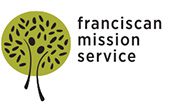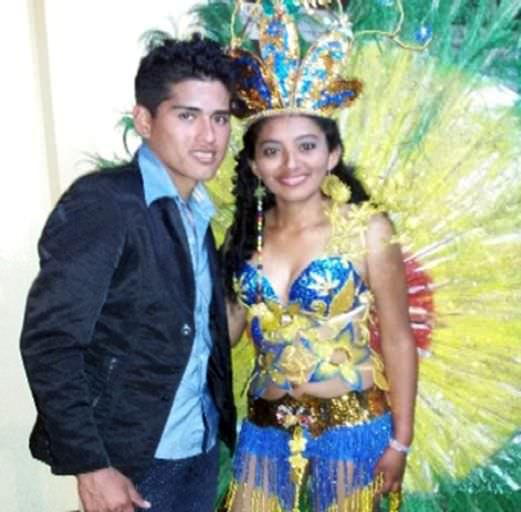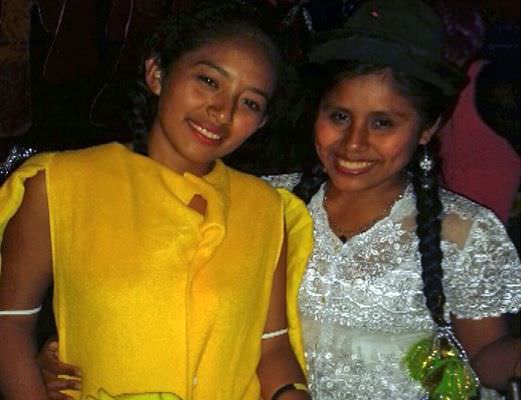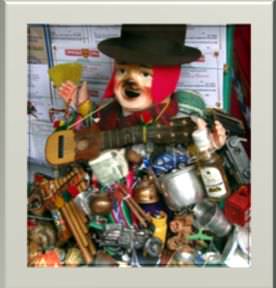Culture and Travel in Bolivia Part 2
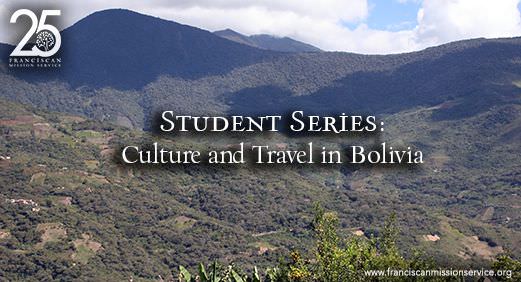
Editor’s Note: Second-year missioner Nate Mortenson currently serves as a teacher and head of the English department at Unidad Carmen Pampa in Bolivia. This is the second installment of a special three part series in which we will share some of the work from students in his class.
Sharing Experiences – Intercarreras
By Graciel Quino Calle
My name is Graciel Quino Calle and l study at the Catholic Bolivian University, which is the Unidad académica Campesina Carmen – Pampa, in the municipality of Coroico.
An event which is held once a year is called the “Intercarreras.” This is like an inter–university sports and arts competition.
Seeing it for the first time 2014 was a nice experience, because l had never seen it before. This year in October of 2015 l participated in the theater and lip-sync competitions.
In Intercarreras the 5 career paths (Majors) participate. These are the Pre-university, Education Sciences, Agronomy, Nursing, Tuorism, and Veterinary Science.
Volunteers also contributed with their participation in various sports and cultural activities. They were experiences thet helped you grow as a person.
The Legend of the Ekeko
By Katherine Villegas
Hi. My name is Katherine. I am 18 years old and I’m from La Paz, Bolivia. I’m a student of the Agronomy Sciences. I like the legends of my native country, Bolivia.
This story is told in the village of Laja, in the Department of La Paz, Bolivia.
In the department of La Paz lived a beautiful young Indian girl. Her name was Paulina Tintaya, and she worked as a servant in the house of Don Francisco Rojas, a Spanish man. Paulina was in love with Isidro Choquehuanca, an Indian boy who also worked for the same Spanish family in Laja.
One day Don Francisco Rojas sent Paulina to the city of La Paz to work for his sister. The young couple were heart-broken because they had to be separated from each other. Before she left Isidro, she decided to carve a figurine to give to him in remembrance of her.
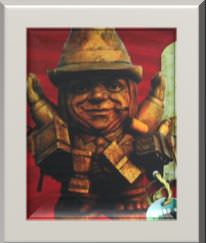
She made the figure of a man, short, chubby and with red cheeks. She decorated it with things she thought could bring him good luck. She included things such as food, tools, and every object a home could ever need and put them on the carved figurine.
And so Paulina left Laja and moved to the city hoping that soon she would rejoin Isidro.
It turned out that Isidro became part of a movement formed by 40,000 indigenous men recruited by Tupak Katari to turn against the Spanish crown at that time.
For several months the city of La Paz was attacked and the people ran out of food. People resorted to sacrificing animals to be able to eat.
There were many deaths, but Paulina didn’t suffer because Isidro secretly brought her food.
Mrs. Josefa Ursula, the governor’s wife was sick because she didn’t have any food to eat. She was about to die but Paulina sympathized with her and she gave her some of the secret stash of food.
Paulina saved the governor of La Paz’s wife and the people attributed her recovery to the power of Isidro’s good luck figurine.
The grateful governor decided to give homage to the small figurine before Columbus day on October 20 (date of foundation of the city of La Paz) but it is transferred to January 24.
From then on the tradition has stayed deeply ingrained in the people and the festival even exists today every year in January.
Today, the “ekeko”, is a representation of the original figurine of good luck. It’s like a small deity. The people load several small objects on the figurine that represent your hopes and desires to be carried out that year.
For example: if you know somebody who wants to go on a trip, you would give to that person a miniature airplane or a passport, with the aspiration that those hopes would become a reality.
Tagged in:
